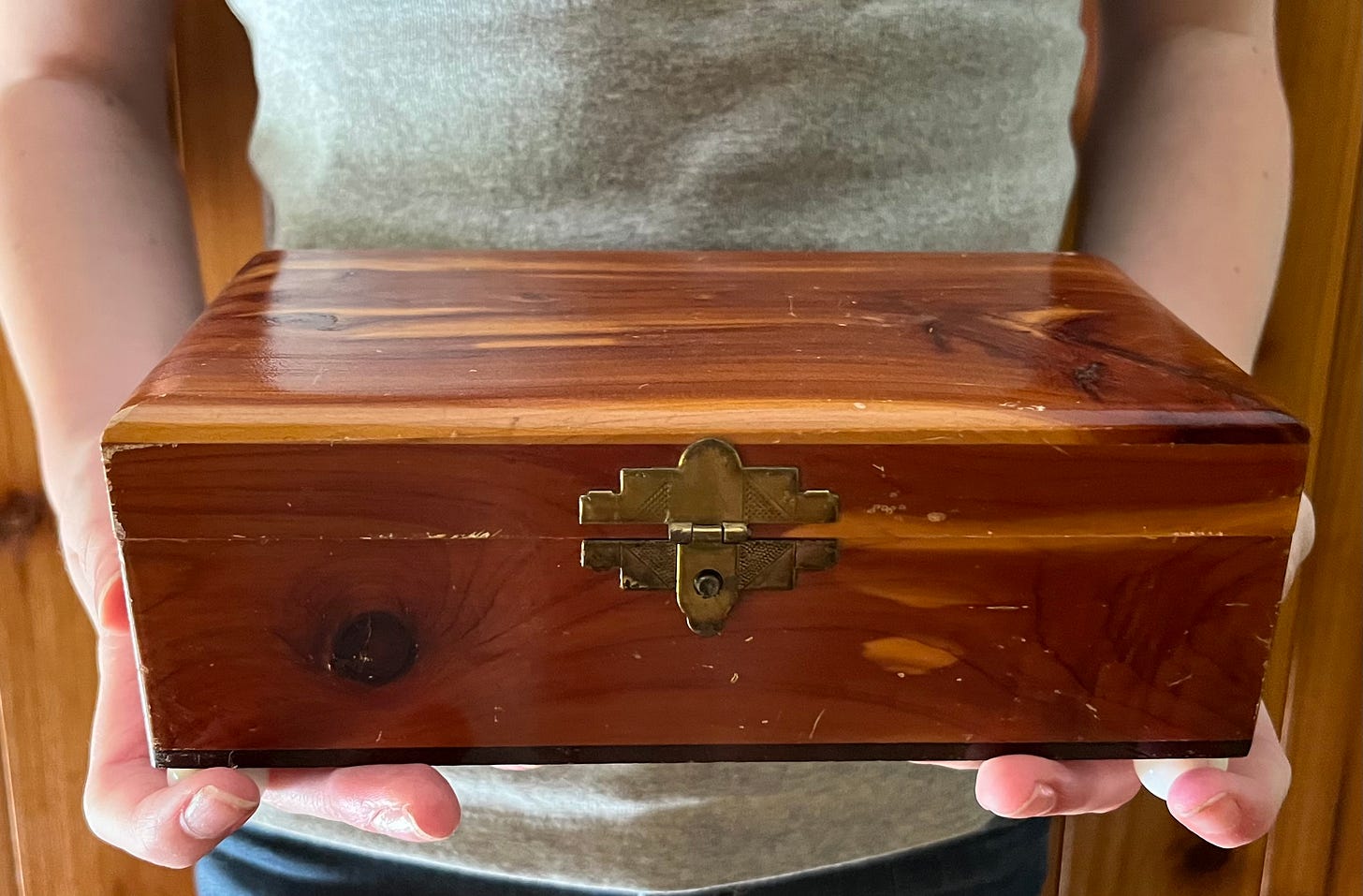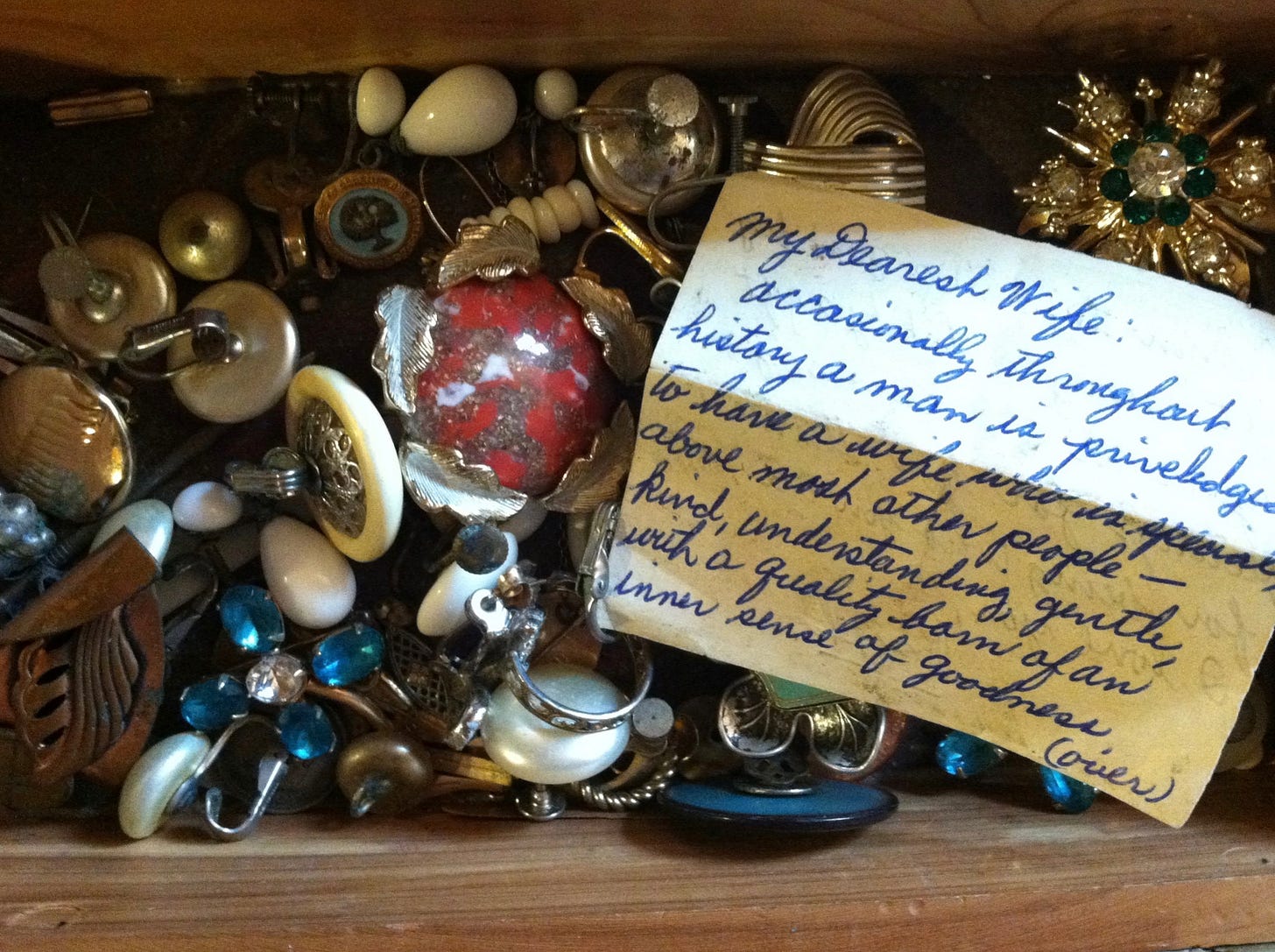The following is the seventh part of a 12 part series based on the book 12 Tiny Things: Simple Ways to Live a More Intentional Life. We’re focusing on the 12 themes outlined in the book: Space, Work, Spirituality, Food, Style, Home, Sensuality, Nature, Creativity, Communication, Learning, and Community. Each offering includes a new reflection or early draft or deleted scene from the book along with a worksheet and [sometimes] an audio exercise to help you delve more fully into the theme in your own life. I used to make these for paid subscribers only, but now they are completely free, though I am very grateful for any monetary contributions during this life season.
This week’s theme? Communication. Something we all do day in and day out, with ourselves, with other humans, and with nature. Sometimes it’s easy, sometimes it’s not. There can be plenty of conflict and misinterpretation, but there can also be plenty of love and mutual understanding. Seeing and being seen are central to the art of healthy communication.
What follows is actually an excerpt from Collisions of Earth and Sky, the book I co-wrote a few years after 12 Tiny Things. As it sometimes happens when you write books one after the next, there’s some crossover between them from time to time. So, there’s also a much simplified version of this story in the 12 Tiny Things communication chapter. This one includes a little more detail.
It was shortly after she was moved into memory care that I found that old wooden jewelry box among her things during a visit. All the stuff that didn’t fit in Grandma’s new room got stacked in my parents’ garage. When I opened the lid of the box, there was a handwritten note tucked inside, nestled in with the dangly earrings, gemstone bracelets, and brooches—a note to my grandmother from my grandfather, who had died twenty years earlier. The paper was yellowed and looked like it came from a notebook. The words, over seventy years old, were cursive, in faded black ink. The simple sentiment said, “To my dearest wife: Occasionally through history a man is privileged to have a wife who is special above most other people— kind, understanding, gentle, with a quality born of an inner sense of goodness. I know this isn’t a great big gift—money couldn’t buy a gift big enough to express my feelings for you. Thanks for being who you are. I love you.”
I sank down on the garage floor between some old throw pillows, a box of china, and the deep freeze and slipped into another time. It was a glimpse into the intimate history of my family—a place that feels almost too close to the bone but an important place to be for a little while. Almost an invasion of privacy, but in a family that doesn’t always talk about feelings, one I was grateful for as a way of seeing into what it was like to be my grandparents, all those years ago. Somehow it mattered to me that the note was a physical thing—a yellowing piece of paper that was touched again and again—instead of a digital record that can only be viewed on a screen. My grandmother saved that note for decades. I can only guess how she felt when she received it, but I am willing to bet that she felt seen and loved.
What helps you feel seen? Who do you need to write a note to?1
Grandma’s old wooden jewelry box is still in Eva’s room years after we first brought it home. When I look inside2, I find the old costume jewelry, earrings, the watch, the chain, the pendant. The brooch and some of the earrings are missing, and the chain is broken. There’s also a Barbie shoe, four marbles, a piece of driftwood from Lake Michigan, a bit of moss from the yard, lipstick, an old cell phone, and a glittery blue pen. As Grandma’s memories shifted and faded, these reminders, these little physical pieces of her story, have been gradually woven into Eva’s as she’s been creating her own. What it was like to be Grandma and what it’s like to be Eva have some commonalities now, even if some of them are just little bits of jewelry and the creak of an old hinge. It’s been a way for them to communicate without words, or even presence, through the tangible. Eva and my grandmother will never spend an entire weekend together making cookies and reading books; they won’t exchange let- ters; they won’t have a full conversation on the phone. But opening that wooden jewelry box, selecting a necklace to wear, and fasten- ing the clasp—even some seventy years apart—is a representation of what binds them together.
As the years progress, more genetic similarities between Eva and Grandma will surely show themselves, from facial features to personality traits to the grit that develops over a lifetime—because these two stories, one that is just starting and one that has completed the final chapter, remain forever intertwined, no matter what a human mind forgets or what objects are lost or broken or kept forever. Even if that old wooden jewelry box turns up empty one of these years, the story will remain very much alive in the empty space that is left behind.
Here’s a downloadable worksheet to deepen your reflection on seeing and being seen.
Totally fair to write a note to your dog, or a tree, or someone who is no longer with us in the physical sense.
This was written several years ago, when my kiddo was between six and eight. She has since moved all the jewelry to another location (and more has become lost or broken), but the box remains on the shelf, holding flowers from her great grandparents’ funerals.







You are such a great writer.
Thanks for sharing this simple beautiful story. It has delivered an important message to me, and I realize I must get busy leaving bits of myself behind as well.